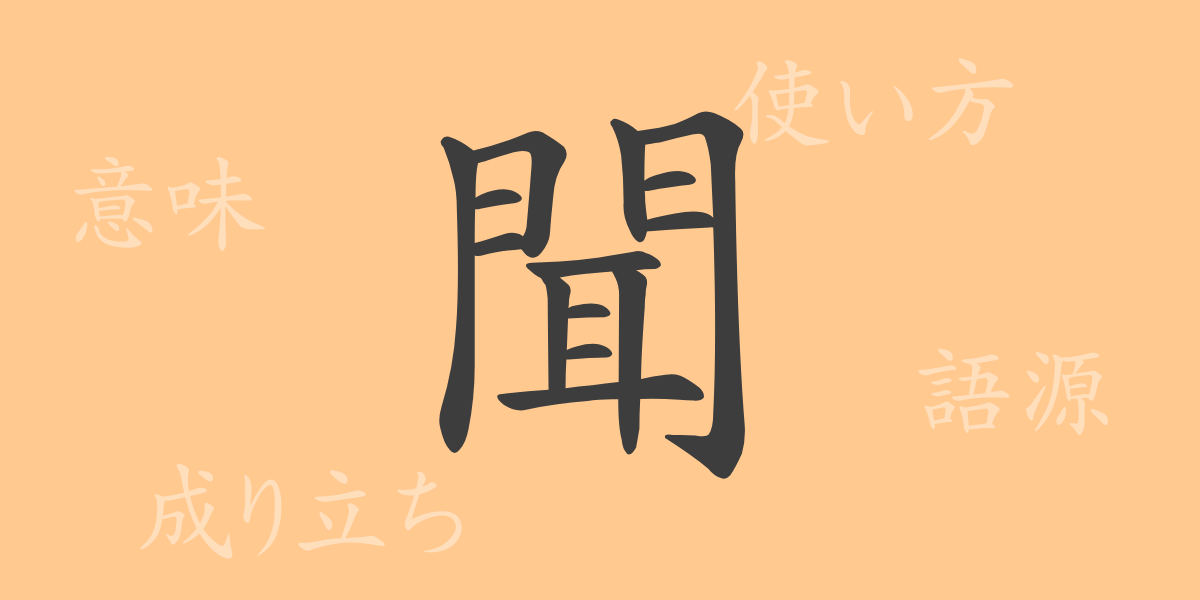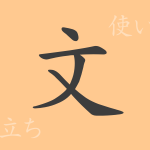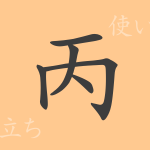The richness of the Japanese language is evident from its delicate characters. The commonly used kanji, “聞” (bun), is widely utilized in daily conversations, literary works, and business scenarios. In this article, we delve into the origins, meanings, uses, readings, and idiomatic expressions of the kanji “聞” (bun), exploring its charm in depth.
Origins of 聞 (bun)
The kanji “聞” (bun) is a character that originates from ancient China and is a pictogram related to the ear. It originally combined the elements for ear “耳” (mimi), mouth “口” (kuchi), and king “王” (ou), symbolizing the act of hearing the king’s words and conveying them orally. This origin strongly reflects the fundamental function of “聞” (bun), which is to receive and transmit information.
Meanings and Uses of 聞 (bun)
The kanji “聞” (bun) has meanings such as “to hear,” “to obtain information,” and “to be renowned.” In terms of usage, “聞く” (kiku) refers to the act of receiving information through the ears, “聞き取る” (kikitoru) means to understand that information, and “聞こえる” (kikoeru) indicates a state where something is heard naturally without active effort. Additionally, expressions like “聞こえが良い” (kikoe ga yoi) and “聞き分ける” (kikiwakeru) are also common.
Readings, Stroke Count, and Radical of 聞 (bun)
Let’s take a closer look at the readings, stroke count, and radical of the kanji “聞” (bun).
- Readings: On’yomi (音読み) are “ブン” (bun) and “モン” (mon); Kun’yomi (訓読み) are “きく” (kiku) and “きこえる” (kikoeru)
- Stroke Count: 14 strokes
- Radical: Ear (耳, mimihen)
Idioms, Proverbs, and Expressions Using 聞 (bun)
There are numerous idioms, proverbs, and expressions in Japanese that include the kanji “聞” (bun). Phrases such as “不問に付す” (fumon ni fusu), “耳にたこができる” (mimi ni tako ga dekiru), and “世間の耳に聞こえる” (seken no mimi ni kikoeru) are commonly used. These expressions mean “to disregard a matter,” “to be told something repeatedly,” and “to become widely known,” respectively.
Summary of 聞 (bun)
The kanji “聞” (bun) is a character that evokes a sense of history from ancient times and remains a living word in the Japanese language. With its broad nuances encompassing the ability to receive and transmit information and related social evaluations, “聞” (bun) teaches us the profound depth of language. Through this article, we hope you can appreciate the culture and history embedded in a single kanji character.

























